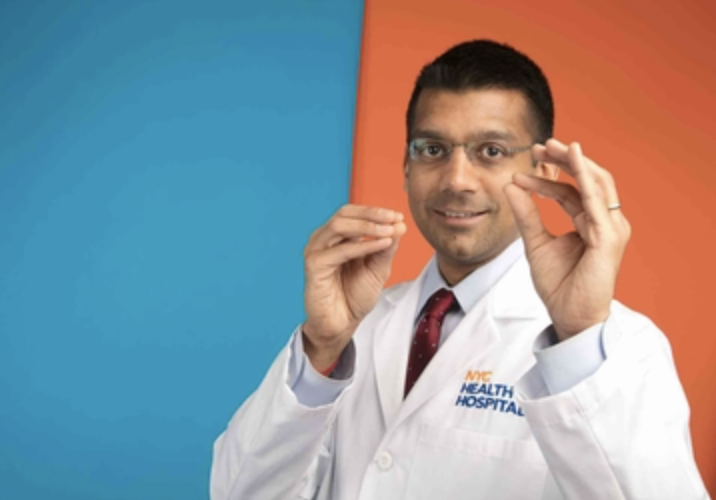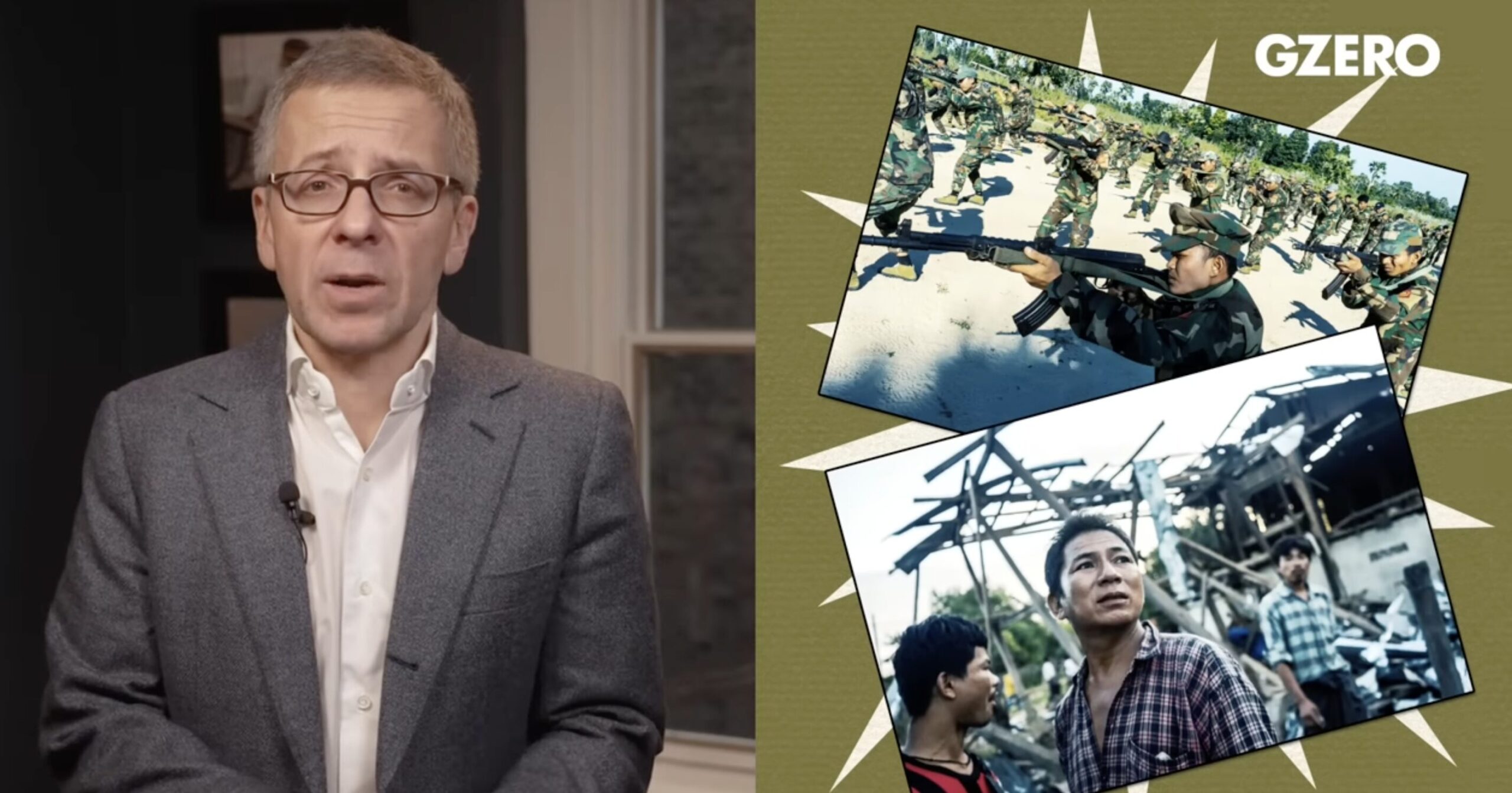
Peter Zeihan: Europe Goes Nuclear
We’ve got two major developments in Eurasia. We’re talking about Ukraine disabling two ships in the Caspian Sea and Poland getting EU approval to build…
Thought Leader: Peter Zeihan

As another Covid-19 wave recedes across the country, the full toll of the pandemic on our emotional health is becoming clearer.
Ask someone if they feel disconnected or isolated, and chances are pretty good, regardless of their age, occupation, background, or economic status, that they’ll say yes — and that they’ve never been asked the question before.
According to the latest New York City citywide health surveys, 57% of residents felt lonely some or the time or often, and 67% felt socially isolated in the prior four weeks. Only a third of respondents said they could count on someone for emotional support. And at the same time, one in five respondents reported symptoms of depression.
But the truth is, loneliness has been hiding in plain sight for years in America. Rigorous scientific studies on the negative health effects of loneliness and social isolation exist — yet public health action has remained uneven.
In our recovery from Covid, we must seize the opportunity to prioritize America’s emotional health — and to talk about belonging and connection as vital to our well-being. We cannot risk snapping back to a “normal” where loneliness fades back into the shadows. And just raising awareness of isolation isn’t enough. We need to apply public health interventions to better understand it and mitigate it.
There is a better way. And like so much else, we can build on what we have learned from the Covid pandemic.
First, we must reduce barriers to care by meeting people where they are, in the neighborhoods they live in — not just expect them to come to where providers happen to be. Think of how telehealth and teletherapy, Zoom sessions, and home deliveries of life-saving medications and vaccines have transformed health care over the past two years.
Home-visiting initiatives, like the Nurse-Family Partnership and NYC’s New Family Home Visits program, also break down barriers to care. Nurses partner with families from pregnancy until the children are two, at a time when many are overwhelmed with responsibility, anxiety and often loneliness. They visit the home and provide free care and support depending on the family’s unique needs — from breastfeeding, to parenting skills, safety, and mental health. Over time, a deep trust and bond is formed, helping to alleviate the feelings of isolation so many parents experience.
Second, public health must work together with residents to plan programs which improve social connections. Communities deserve to have a voice in what they need and want, and city agencies then help provide the resources, with community partners. The East Harlem Action Center in Manhattan, for example, has a baby cafe for parent meet-ups, cooking classes, walking groups and a health clinic for the community. This collaborative model can be replicated in any public space, whether it’s a community garden, free library, or local YMCA. The central concept is that people will gather in their communities when there are shared interests.
Third, investing in public education destigmatizes loneliness and contributes to a wider culture of belonging. In New York City, we recently launched a loneliness campaign with a message to “Check in. Listen. Connect.” It appears on subways, bus shelters, and newspapers in every community and on TV and radio, and, importantly, includes a phone number for anyone to reach out and ask for help when they need it.
Public education is also tied to better data. The CDC, epidemiologists, the public, and public health professionals must learn basic facts about the “who” “what” “when” and “where” of America’s loneliness epidemic. With new research, we can create evidence-based policies and measure loneliness as a public health issue.
As U.S. Surgeon General Dr. Vivek Murthy said, “If you think about how much we put into curbing tobacco use and obesity, compared to how much effort and resources we put into addressing loneliness, there’s no comparison.”
Lastly, and most importantly, all of our work must acknowledge the structural underpinnings of so much stress and trauma in our society. The most at risk of loneliness are people in marginalized communities, because unequal access to food, housing, education and health care impacts a sense of belonging.
During a recent visit with our partner Brooklyn Community Services, the staff impressed upon me the trauma experienced by too many of our neighbors. They have seen the painful impact of being isolated for months, from a rise in domestic violence to children and teens acting out in frustration.
We must turn these vicious cycles of illness and inequity into virtuous cycles of recovery and resilience. Here in New York City, the Public Health Corps will play a key role. The Corps — a historic $235 million investment — will employ at least 500 community health workers, drawn from the neighborhoods they serve (Brooklyn Community Services is a charter organization in the Corps). They serve as health ambassadors for every resident in their neighborhood, helping people get vaccinated; counseling neighbors about diabetes, depression, and other chronic diseases; and addressing hunger and food insecurity. And vitally, they improve a sense of neighborhood spirit and social cohesion.
This has been a challenging few years due to Covid and persistent health inequities. Loneliness has added to our collective grief and loss.
As we plan our recovery, we must prioritize bold, system-changing initiatives to alleviate loneliness. Our programs must start upstream to prevent loneliness and to grow and sustain a wider sense of belonging in all of our communities.
Peter Zeihan: Europe Goes Nuclear
We’ve got two major developments in Eurasia. We’re talking about Ukraine disabling two ships in the Caspian Sea and Poland getting EU approval to build…
Thought Leader: Peter Zeihan
Dr. Sanjay Gupta’s Top Health Stories of 2025
From the resurgence of measles to a new way to treat pain, 2025 was a challenge for public health while still offering moments of hope. Sanjay…
Thought Leader: Sanjay Gupta
Ian Bremmer: The state of global conflict in 2025
On GZERO World, Ian Bremmer takes a hard look at the biggest global crises and conflicts that defined our world in 2025 with CNN’s Clarissa…
Thought Leader: Ian Bremmer

